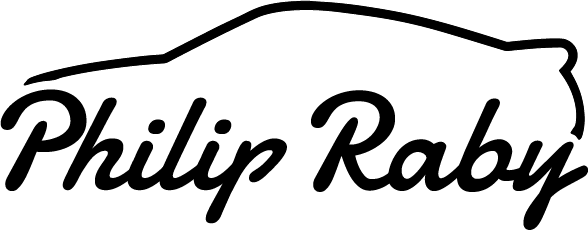2000-2005

After the stunning 993-model Turbo Porsche had a tough job to come up with something better. But it did with the 996 version, which was unveiled in September 1999 for the 2000 model year.
There was no doubt that the new 911 Turbo looked the part. The 996 Carrera had been criticised for looking bland, but you couldn’t say that about the blown version. The rear arches were widened to accommodate bigger wheels and had huge forward-facing intakes that fed air to intercoolers behind them.
Three more equally larger intakes punctured the deep front spoiler, allowing air to reach the radiators (which had been enlarged by 50 percent). The appearance was dramatic.
Also at the front were restyled headlamps that went away from the ‘fried egg’ look of the Carreras (although the same lights would soon appear across the range). Out back, meanwhile was a modern take on the ducktail spoiler of old – this time with an extending section that raised when the car was travelling at high speed.
A set of 18-inch wheels (a full 11 inches wide at the back) completed the look and there was no way the 911 Turbo could be called bland – it was an aggressive reinterpretation of the supercar for the 21st century.
Power, too, was far from dull, with the 3600cc engine producing a heady 420bhp while – amazingly – the maximum torque of 560Nm was available from 2700 to 4600rpm. The unit was derived from the normally aspired 996 and fitted with twin KKK K17 turbochargers which, as was the case with the 993, were dedicated to each cylinder bank. A novel feature of the engine was VarioCam Plus – a development of the variable cam timing first seen on the GT3. This new system not only varied cam timing but also valve lift, which meant that the engine could run more efficiently and with reduced emissions. Indeed, Porsche claimed that the new car was 18 percent more economical than its predecessor.
The power went through the same four-wheel-drive transmission as the Carrera 4, with PSM (Porsche Stability Management) helping to ensure faultless traction and handling. Buyers had a choice of a six-speed manual transmission or – for the first time – a five-speed Tiptronic that gave fully automatic shifts, or clutchless manual ones using steering wheel controls.
Brakes were uprated to cope with the power and four-piston calipers acted on massive ventilated discs. A revolutionary option were ceramic brake discs in place of the more usual cast-iron ones. These were made from carbon-reinforced silicon carbide, even larger than the standard items, and gripped by six-piston calipers. The latter were painted bright yellow to differentiate them from the standard red items. Porsche claimed that ceramic discs were lighter, dissipated heat better and would last much longer than metal ones – more than 150,000 miles.
The Turbo’s suspension was lowered and uprated with stiffer springs and dampers, to a similar specification to the Sport option for the Carrera, while the rear control arms were from the GT3.
Inside, the 911 was finished to a high specification, with full leather upholstery, electric memory seats, climate control, multi-speaker hi-fi, plus numerous options. A new feature that would later find its way to all 911s were light-emitting diodes (LEDs) that subtly illuminated the centre console and other areas.
The 911 Turbo was widely hailed as ‘the best car in the world’ by press and public alike and has ensured that another generation covets this range-topping car as their ultimate dream machine.
Variations
Cabriolet
The 911 Turbo Cabriolet appeared in September 2003, using essentially the same bodyshell as the Carrera 4S Cabriolet, but with the air intakes in the rear wings.
Specification
Capacity: 3600cc
Compression ratio: 9.4:1
Maximum power: 420bhp at 6000rpm
Maximum torque: 560Nm at 2700 to 4600rpm
Brakes: Front: 330mm discs; rear: 330mm discs. Servo assisted with ABS
Suspension: Front: Lower wishbones and MacPherson struts with combined coil springs and dampers, plus anti-roll bar
Rear: Multilink with combined coil springs and dampers, plus anti-roll bar
Wheels & tyres: Front: 18x8J with 225/40ZR18 tyres. Rear: 18x11J with 295/30ZR18 tyres
Length: 4435mm
Width 1830mm
Weight: 1540kg (coupé)
Did you know?
At its maximum speed of 189mph air flows through the front-mounted radiators at 100 cubic feet per second.


